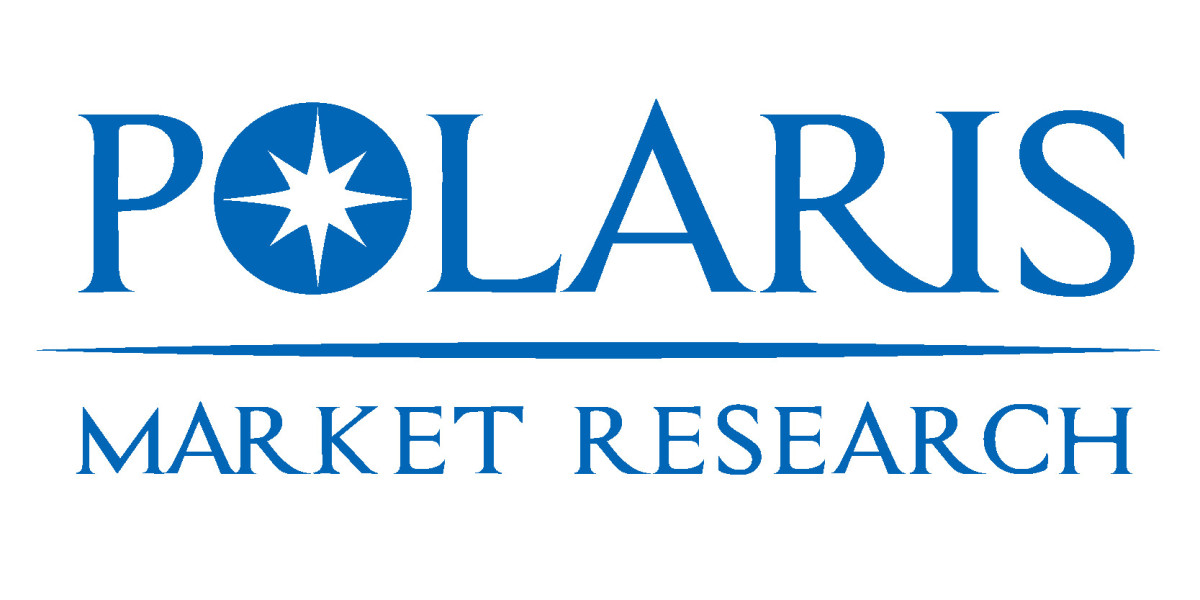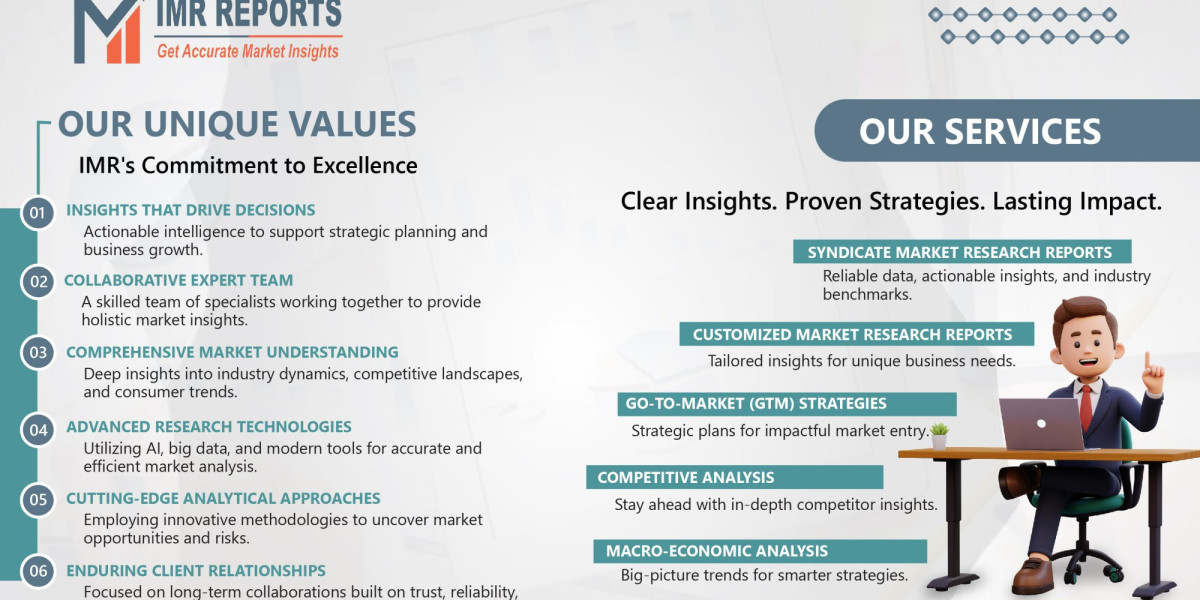The global demand for advanced materials is undergoing a massive transformation, and germanium, a rare and strategically important element, is at the center of this shift. Valued at USD 312.58 million in 2024, the germanium industry is projected to grow steadily at a CAGR of 3.3%, reaching USD 433.63 million by 2034.
Germanium’s unique characteristics – high refractive index, ability to transmit infrared light, and role as a semiconductor material – make it vital across sectors including fiber optics, infrared optics, renewable energy, and aerospace applications. These industries are driving adoption in a way that positions germanium as not just a niche commodity, but a critical enabler of global technological innovation.
For deeper insights into market dynamics, opportunities, and supply chain outlook, refer to the full germanium market industry analysis.
Market Dynamics – Why Germanium Matters Now
Unlike common metals, germanium is classified as a rare metal due to its limited natural availability. Its applications span across semiconductor materials, defense technologies, telecommunication, and solar cells, making it a highly strategic resource.
Key Growth Drivers
- Expansion of Fiber Optics: With the surge in global data demand, germanium-doped optical fibers are indispensable for high-speed communication networks.
- Defense and Infrared Optics: Germanium lenses in night-vision systems and thermal cameras are critical for military operations, border security, and even medical imaging.
- Semiconductor Applications: Used in transistors and integrated circuits, germanium complements silicon in next-generation chip development.
- Renewable Energy Integration: Germanium substrates in high-efficiency solar panels, particularly in space applications, represent a long-term growth opportunity.
Challenges to Address
- Limited resource availability and geographic concentration of supply.
- Price volatility caused by fluctuating mining output and geopolitical issues.
- Recycling challenges, as recovery rates remain relatively low compared to demand.
Emerging Opportunities
- Development of recycling technologies to reprocess germanium from old fiber optics and solar panels.
- Use in quantum computing and advanced photonics.
- Expanding adoption in healthcare imaging devices.
Market Segmentation
The germanium industry can be divided into multiple segments, each showcasing unique demand drivers.
By Product Form
- Germanium Metal: Used in semiconductor and infrared devices.
- Germanium Dioxide (GeO₂): Crucial in optical fiber production and catalysts.
- Germanium Tetrachloride (GeCl₄): Used to produce optical fiber preforms.
- Other Compounds: Specialty products for niche industrial applications.
By Application
- Semiconductors – Transistors, diodes, and integrated circuits.
- Infrared Optics – Night vision devices, thermal imaging, aerospace sensors.
- Fiber Optics – Backbone of global high-speed communication networks.
- Catalysts – Polymerization in PET plastics and other industrial uses.
- Solar Cells – Space-based solar energy and terrestrial high-efficiency panels.
By End-Use Industry
- Defense and Aerospace
- Electronics and Telecommunications
- Renewable Energy
- Healthcare
- Industrial Applications
Regional Outlook
North America
Strong military budgets and expansion in healthcare technologies position the U.S. as a key market. The growing reliance on infrared optics and next-generation semiconductors underpins regional growth.
Europe
Germanium demand in Europe is largely tied to renewable energy projects and aerospace programs. The EU also prioritizes rare metals in its strategic raw materials list, increasing investment in recycling.
Asia-Pacific
China dominates both production and consumption of germanium, controlling the majority of global supply. APAC is also experiencing rapid adoption of fiber optics in telecommunications and manufacturing expansion in electronics.
Latin America
Still in the early stage of adoption, Latin America is expected to expand its use of germanium in telecom infrastructure and defense technologies.
Middle East & Africa
Investment in security and surveillance, combined with efforts to modernize telecommunications, will boost regional demand.
Competitive Landscape – Leading Players
The germanium industry is relatively consolidated, with a few companies controlling the majority of production and distribution. Key players include:
- Umicore N.V.
- Teck Resources Limited
- Yunnan Lincang Xinyuan Germanium Industry Co., Ltd.
- PPM Pure Metals GmbH
- China Germanium Co., Ltd.
- 5N Plus Inc.
- Indium Corporation
- AGC Chemicals
- Photonic Sense GmbH
Strategies by Leading Companies
- Capacity Expansion: Increasing production of high-purity germanium.
- Recycling Initiatives: Developing efficient methods to recover germanium from used products.
- Collaborations: Partnering with defense contractors and semiconductor companies.
- Innovation Investments: R&D in advanced applications like quantum computing and photonics.
Sustainability and Recycling – The Next Big Shift
As germanium resources are limited, sustainability is becoming the core focus. Key advancements include:
- Closed-loop recycling systems: Recovering germanium from spent fiber optics and solar panels.
- Government-led initiatives: Particularly in the EU, to classify germanium as a “critical raw material” and encourage sustainable sourcing.
- R&D for alternatives: Exploring substitutes where feasible, while enhancing recovery rates of germanium itself.
The future of germanium will depend not just on demand but on how effectively the industry can create a circular supply chain.
Future Outlook – Germanium in the Next Decade
Looking ahead, the germanium industry will continue to evolve along three major themes:
- Technological Expansion: Adoption in quantum computing, photonics, and next-gen semiconductors will expand use cases.
- Geopolitical Supply Risks: Concentration of supply in a handful of countries makes diversification a priority.
- Sustainable Development: Recycling and secondary production will determine long-term availability.
Given these factors, the germanium industry is well-positioned for steady growth between 2025 and 2034, particularly in semiconductor materials, infrared optics, and fiber optics applications.
Conclusion
Germanium has transitioned from being a niche element to a strategic enabler of global innovation. Its applications in defense, renewable energy, advanced telecommunications, and healthcare ensure steady demand across the next decade. However, companies that invest in recycling, innovation, and global supply partnerships will be best positioned to capture growth.
For the latest forecasts, company strategies, and industry updates, read the full germanium press release.
More Trending Latest Reports By Polaris Market Research:
Catalog Management System Market
Rising Demand for Superconducting Wire Market to Create Growth Opportunities
The Rising Demand for OCD Medications: An Overview of the Obsessive Compulsion Disorder Drug Market






